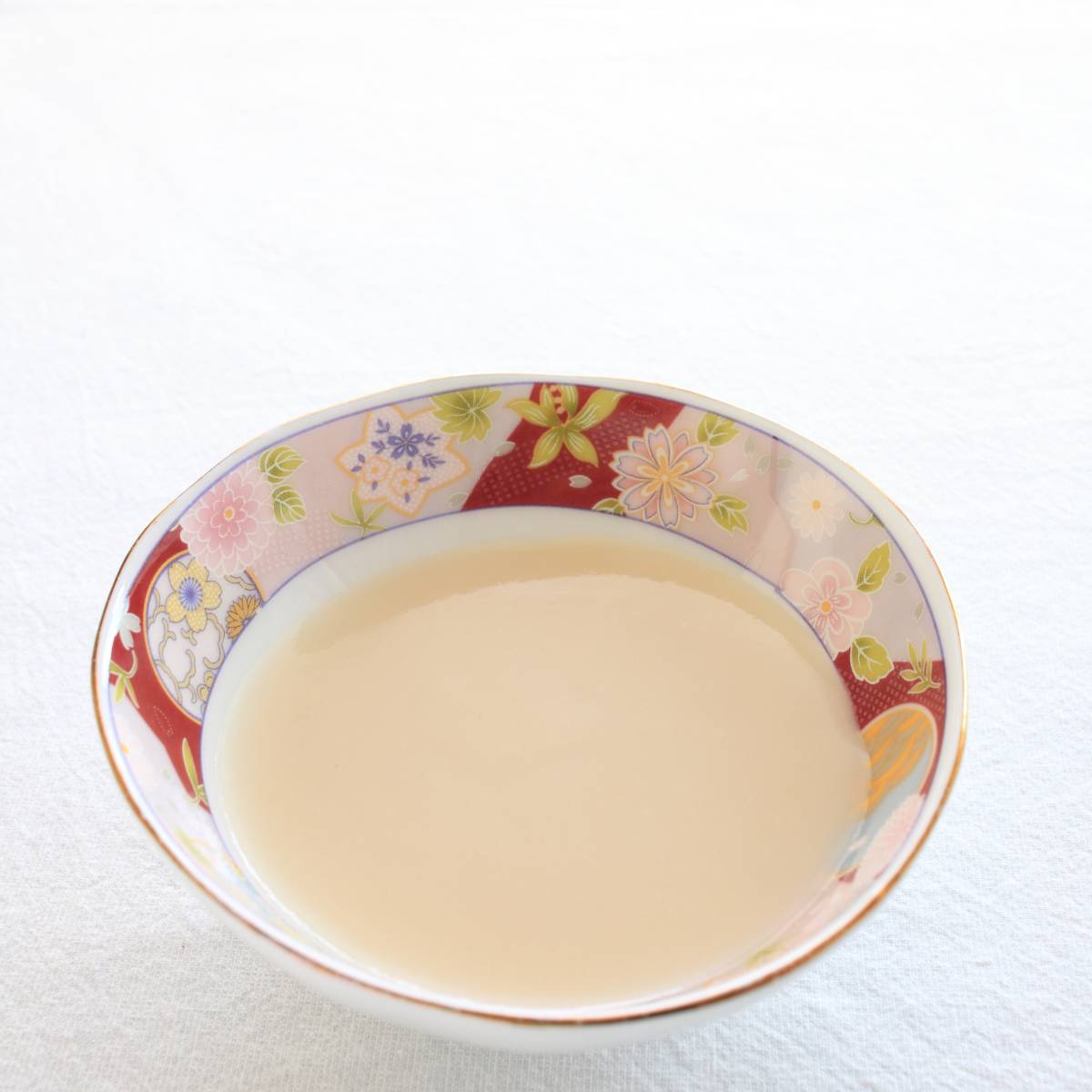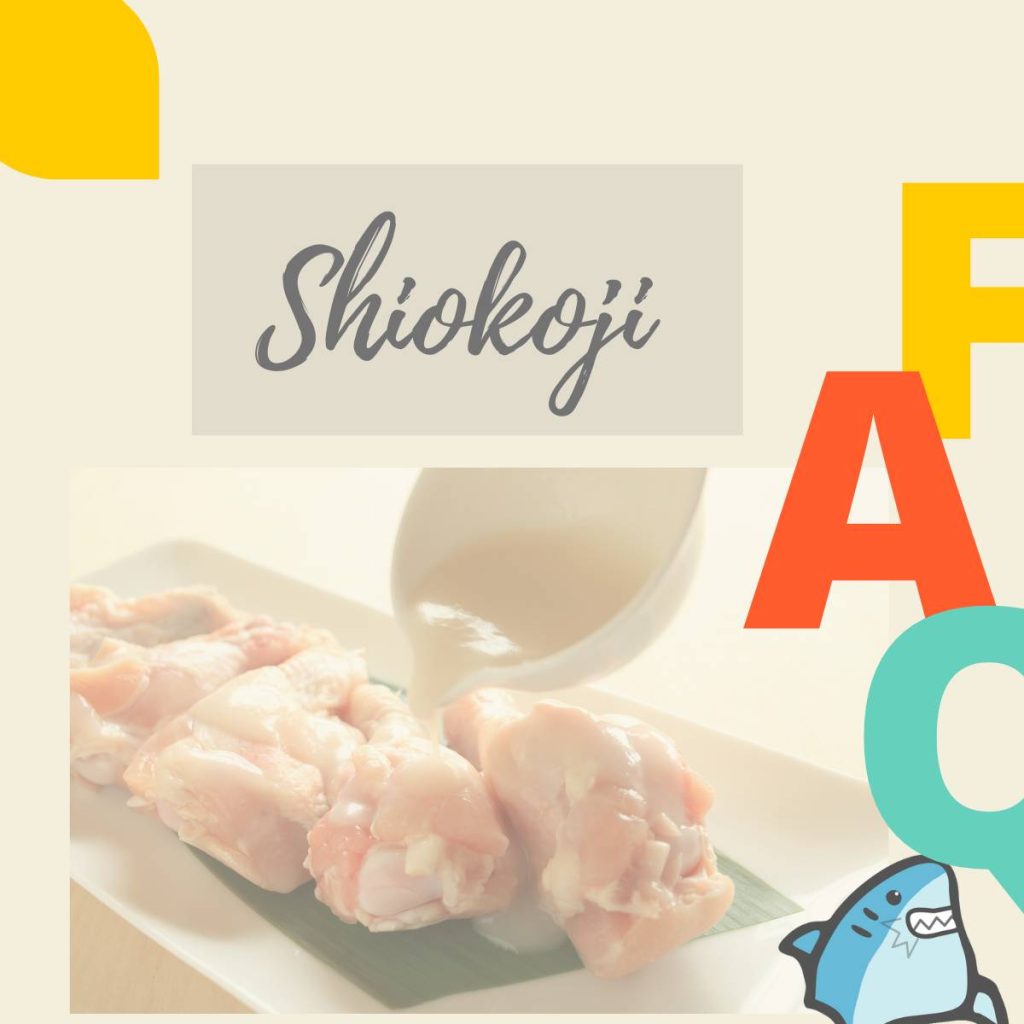Do you love Japanese cuisine?
Have you ever heard of shio koji, the secret ingredient behind some of the most delicious dishes in Japanese cuisine?
If you’re curious about this magical ingredient and want to learn more, you’ve come to the right place!
Read on for answers to some of the most frequently asked questions about shiokoji.

What is shiokoji?
Shiokoji is a fermented seasoning that originated in Japan. It is made by combining koji, which is a type of fungus, with salt and water.
The mixture is then left to ferment, resulting in a savory, umami-rich seasoning that can be used in a variety of dishes.
It has become increasingly popular in recent years as a natural and flavorful alternative to conventional seasonings and marinades.
What is shiokoji made of?
It is a traditional Japanese ingredient made from a simple mixture of fermented rice koji, salt, and water.
Rice koji is a type of steamed rice that has been inoculated with a specific mold called Aspergillus oryzae.
When mixed with salt and water, the mold on the rice koji breaks down the starches in the rice and produces enzymes that help to tenderize and flavor proteins, while also enhancing the umami taste of dishes.
What does shiokoji taste like?
It has a salty, slightly sweet flavor with a rich umami taste. It is often used as a replacement for salt in recipes, as it enhances the natural flavors of the ingredients it is used with.
What are the health benefits of shiokoji?
Shiokoji is a low-sodium alternative to traditional salt and can help reduce sodium intake. It is also rich in enzymes and probiotics, which can help aid digestion and boost gut health.

How do I prepare shiokoji?
Shiokoji can be used as a marinade for meat, fish, or vegetables.
It can also be added to soups, stews, and sauces to enhance their flavor.
To use it as a marinade, simply mix it with your desired ingredients and let it marinate for several hours before cooking.
You can my recipe for Shiokoji Salad Dressing or tomato pasta recipe (with shiokoji).
Is shiokoji suitable for vegans and vegetarians?
It is generally considered to be suitable for vegans and vegetarians, as it is made from only three simple ingredients: rice koji, salt, and water.
None of these ingredients are derived from animals, and the fermentation process does not involve the use of animal products.
However, some varieties of shio koji may contain added ingredients, such as fish sauce or other flavorings, that are not suitable for vegans or vegetarians.
It is always a good idea to check the label or ingredient list to ensure that the shio koji you are purchasing is suitable for your dietary needs.

Where can I buy shiokoji?
It can be found in Japanese grocery stores or online retailers that specialize in Japanese ingredients. You can also buy it online here.
How should I store shiokoji?
It should be stored in an airtight container in the refrigerator to maintain its freshness and quality.
The fermentation process can continue even after the shio koji is made, so storing it properly is important to prevent spoilage or off-flavors.
It is best to use shio koji within a few months of purchase, as its flavor and quality may begin to decline over time.
If you have made your own shio koji at home, it should be used within a few weeks.
What are the different types of shiokoji?
There are several types of shiokoji, including rice shiokoji, barley shiokoji, and soy shiokoji.
Rice shiokoji is the most common type and is made with rice koji.
Barley shiokoji is made with barley koji, while soy shiokoji is made with soybean koji.
The different types of shiokoji can be used interchangeably in recipes, but they may have slightly different flavors and textures.
Conclusion
Now that you have a better understanding of shio koji, it’s time to start incorporating it into your cooking.
Experiment with different recipes and see how this versatile ingredient can enhance the flavors of your favorite dishes.
You can avail my shopcookbook if you want to learn more about Japanese cuisine and plant-based Japanese food.
Happy cooking!










Konnichiwa! (Hello!) I'm Pat Tokuyama, a Japanese tofu cookbook author, who travels for music, food, and adventure. If you like Japanese tea, checkout some of the newestorganic japanese tea, matcha bowls and noren and more!
** Curious about the Plant Based Japanese Cooking Club? ** Learn more here!